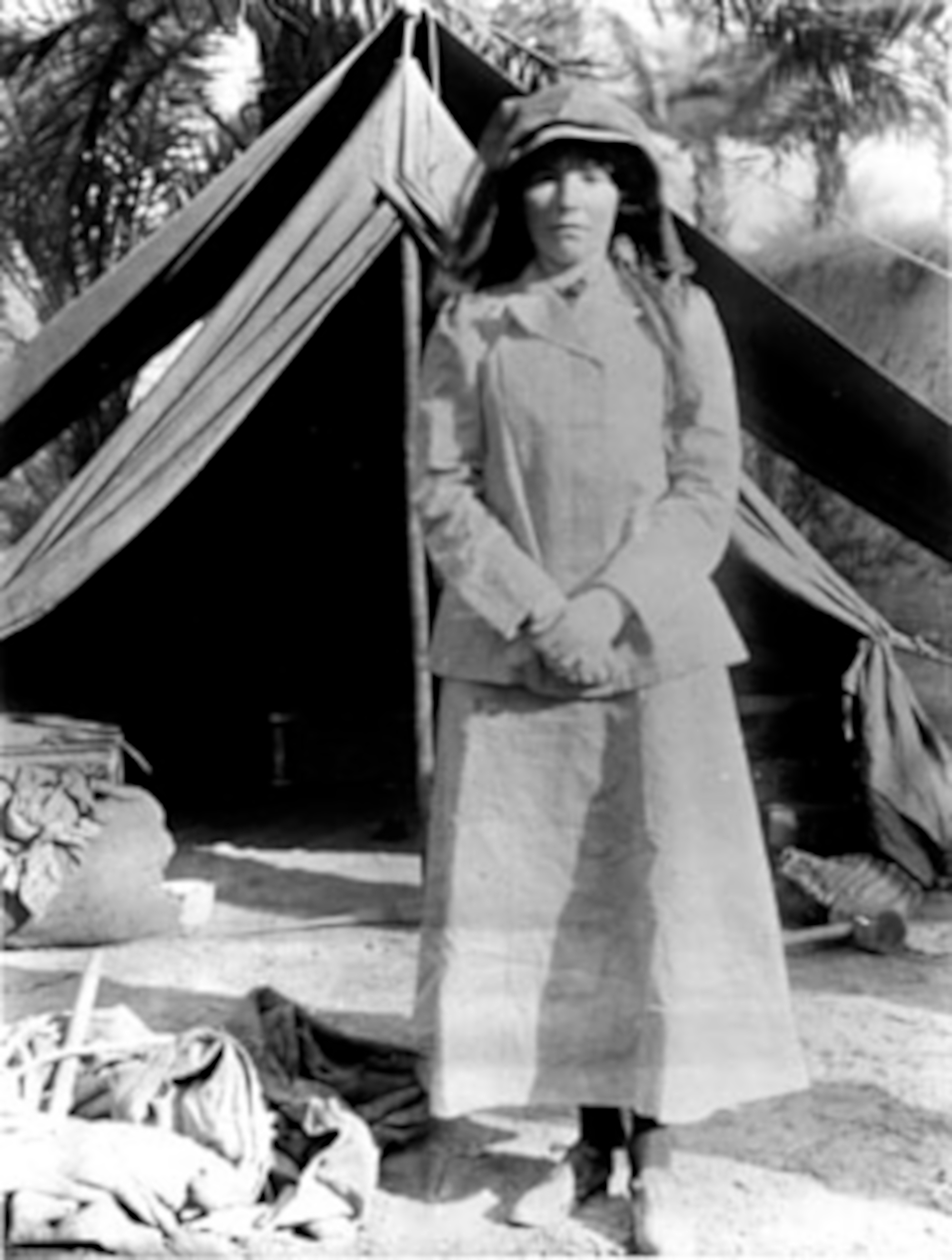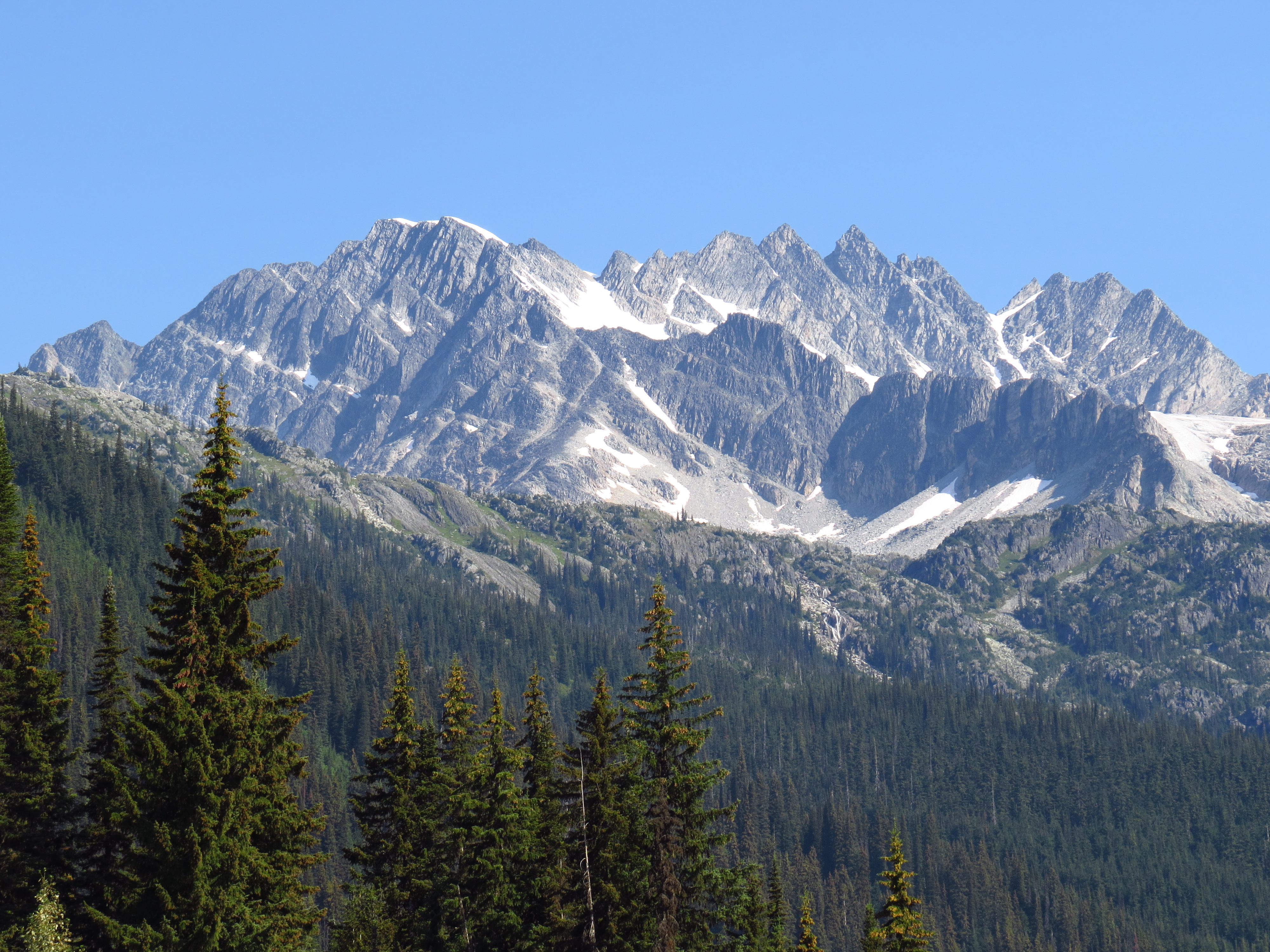|
List Of Female Explorers And Travelers ...
This is a list of women who explored or travelled the world in a pioneering way. The list may include women naturalists, sailors, mountain climbers, dog sledders, swimmers, pilots, and underwater explorers. Astronauts are not included here but in the list of female astronauts. ''The list is presented in alphabetical order of surname, but can be sorted to other orders (nationality, dates) by using the arrow-heads in the column headers.'' See also * Age of Discovery * Exploration * List of Antarctic women * List of explorations * List of explorers * List of female astronauts * List of lost expeditions * List of travelers * Women in space References {{reflist explorers Exploration refers to the historical practice of discovering remote lands. It is studied by geographers and historians. Two major eras of exploration occurred in human history: one of convergence, and one of divergence. The first, covering most ... [...More Info...] [...Related Items...] OR: [Wikipedia] [Google] [Baidu] |
Florence Augusta Merriam Bailey
Florence Augusta Merriam Bailey (August 8, 1863September 22, 1948) was an American ornithologist, birdwatcher, and nature writer. Between 1890 and 1939, she published a series of field guides on North American bird life. These guides were often written with amateur birdwatchers in mind, leading to the popularity of the birding movement. With little formal education as a child, Merriam developed an interest in the natural sciences from her explorations of the Adirondack Mountains, near where she grew up, and the scientific interests of her family members, including her older brother Clinton Hart Merriam. Her nature writing and activism started at Smith College in 1882, where she was enrolled as a special student. She was later awarded a degree at age 58, due to her subsequent activism and writing. While there, she and Fannie Hardy Eckstrom created a chapter of the Audubon Society to educate their classmates on ornithology and dissuade them from wearing hats with feathers. By the ... [...More Info...] [...Related Items...] OR: [Wikipedia] [Google] [Baidu] |
Mabel Bent
Mabel Virginia Anna Bent (née Hall-Dare, a.k.a. Mrs J. Theodore Bent) (28 January 1847 – 3 July 1929), was an Anglo-Irish explorer, excavator, writer and photographer. With her husband, J. Theodore Bent (1852–1897), she spent two decades (1877–1897) travelling, collecting and researching in remote regions of the Eastern Mediterranean, Asia Minor, Africa, and Arabia. Early life Hall-Dare was born on 28 January 1847, second daughter of Robert Westley Hall-Dare (1817–1866) and his wife Frances Anna Catherine (née Lambart) (c. 1819–1862). Her birthplace was her grandfather’s estate, Beauparc, on the River Boyne in County Meath, Ireland. Shortly after her birth the family moved to Temple House, County Sligo, before re-locating in the early 1860s to County Wexford, acquiring the property that was later to become Newtownbarry House, in Newtownbarry (now the village of Bunclody). While a teenager, Hall-Dare suffered several bereavements, losing both her parents and her ... [...More Info...] [...Related Items...] OR: [Wikipedia] [Google] [Baidu] |
Mount Rogers (British Columbia)
Mount Rogers, is a massif located in Glacier National Park in the Selkirk Mountains of British Columbia, Canada. Mount Rogers is situated at the north end of the Hermit Range, and is the highest point of the range. Its nearest higher peak is Mount Sir Donald, to the southeast. The peak is prominently visible from eastbound Highway 1, the Trans-Canada Highway at Rogers Pass. The Rogers massif includes five individually-named summits: Rogers Peak, Grant Peak, Fleming Peak, Swiss Peak, and Truda Peaks. Numerous glaciers radiate from all sides, including the Rogers Glacier, Swiss Glacier, Tupper Glacier, and Hermit Glacier. History Mount Rogers was named after Major A.B. Rogers, an American surveyor working for the Canadian Pacific Railway, and the discoverer of Rogers Pass. The first ascent of the mountain was made on July 31, 1896 by Phillip S. Abbott, George T. Little, and Charles S. Thompson. The mountain's name was officially adopted in 1932 when approved by the Geographi ... [...More Info...] [...Related Items...] OR: [Wikipedia] [Google] [Baidu] |
Gertrude Benham
Gertrude Emily Benham (July 1867– February 1938) was an English explorer and mountaineer. Born in London, she was the youngest of six children and began climbing mountains as a girl. She went on to climb mountains on almost every continent. Benham was also an intrepid hiker and walked from Valparaiso, Chile, to Buenos Aires, Argentina. She went on to hike across Kenya, and traverse Africa on foot. Benham also drew as she travelled, and her drawings were later used in mapping the countries she explored. Benham always traveled alone or with native guides, spending less than 250 British pounds a year. In 1916, she was named a fellow of the Royal Geographic Society. Throughout her life, she climbed more than 300 mountains. Notably, she was the first woman to climb Mt. Kilimanjaro. Truda Peaks, one of the summits of Mount Rogers in Glacier National Park, in the Selkirk Mountains of British Columbia, Canada, is named in her honour. Her climbing boots are on display in the ... [...More Info...] [...Related Items...] OR: [Wikipedia] [Google] [Baidu] |
Asia Minor
Anatolia, tr, Anadolu Yarımadası), and the Anatolian plateau, also known as Asia Minor, is a large peninsula in Western Asia and the westernmost protrusion of the Asian continent. It constitutes the major part of modern-day Turkey. The region is bounded by the Turkish Straits to the northwest, the Black Sea to the north, the Armenian Highlands to the east, the Mediterranean Sea to the south, and the Aegean Sea to the west. The Sea of Marmara forms a connection between the Black and Aegean seas through the Bosporus and Dardanelles straits and separates Anatolia from Thrace on the Balkan peninsula of Southeast Europe. The eastern border of Anatolia has been held to be a line between the Gulf of Alexandretta and the Black Sea, bounded by the Armenian Highlands to the east and Mesopotamia to the southeast. By this definition Anatolia comprises approximately the western two-thirds of the Asian part of Turkey. Today, Anatolia is sometimes considered to be synonymous with ... [...More Info...] [...Related Items...] OR: [Wikipedia] [Google] [Baidu] |
Mesopotamia
Mesopotamia ''Mesopotamíā''; ar, بِلَاد ٱلرَّافِدَيْن or ; syc, ܐܪܡ ܢܗܪ̈ܝܢ, or , ) is a historical region of Western Asia situated within the Tigris–Euphrates river system, in the northern part of the Fertile Crescent. Today, Mesopotamia occupies modern Iraq. In the broader sense, the historical region included present-day Iraq and Kuwait and parts of present-day Iran, Syria and Turkey. The Sumerians and Akkadians (including Assyrians and Babylonians) originating from different areas in present-day Iraq, dominated Mesopotamia from the beginning of written history () to the fall of Babylon in 539 BC, when it was conquered by the Achaemenid Empire. It fell to Alexander the Great in 332 BC, and after his death, it became part of the Greek Seleucid Empire. Later the Arameans dominated major parts of Mesopotamia (). Mesopotamia is the site of the earliest developments of the Neolithic Revolution from around 10,000 BC. It ha ... [...More Info...] [...Related Items...] OR: [Wikipedia] [Google] [Baidu] |
Greater Syria
Syria ( Hieroglyphic Luwian: 𔒂𔒠 ''Sura/i''; gr, Συρία) or Sham ( ar, ٱلشَّام, ash-Shām) is the name of a historical region located east of the Mediterranean Sea in Western Asia, broadly synonymous with the Levant. Other synonyms are Greater Syria or Syria-Palestine. The region boundaries have changed throughout history. In modern times, the term "Syria" alone is used to refer to the Arab Republic of Syria. The term is originally derived from Assyria, an ancient civilization centered in northern Mesopotamia, modern-day Iraq. During the Hellenistic period, the term Syria was applied to the entire Levant as Coele-Syria. Under Roman rule, the term was used to refer to the province of Syria, later divided into Syria Phoenicia and Coele Syria, and to the province of Syria Palaestina. Under the Byzantines, the provinces of Syria Prima and Syria Secunda emerged out of Coele Syria. After the Muslim conquest of the Levant, the term was superseded by the Ar ... [...More Info...] [...Related Items...] OR: [Wikipedia] [Google] [Baidu] |
Gertrude Bell
Gertrude Margaret Lowthian Bell, CBE (14 July 1868 – 12 July 1926) was an English writer, traveller, political officer, administrator, and archaeologist. She spent much of her life exploring and mapping the Middle East, and became highly influential to British imperial policy-making as an Arabist due to her knowledge and contacts built up through extensive travels. During her lifetime, she was highly esteemed and trusted by British officials such as High Commissioner for Mesopotamia Percy Cox, giving her great influence. She participated in both the 1919 Paris Peace Conference (briefly) and the 1921 Cairo Conference, which helped decide the territorial boundaries and governments of the post-War Middle East as part of the partition of the Ottoman Empire. Bell believed that the momentum of Arab nationalism was unstoppable, and that the British government should ally with nationalists rather than stand against them. Along with T. E. Lawrence, she advocated for indepen ... [...More Info...] [...Related Items...] OR: [Wikipedia] [Google] [Baidu] |
Carol Beckwith
Carol Beckwith (born July 10, 1945) is an American photographer, author, and artist known for her photojournalism documenting the indigenous tribal cultures of Africa, most notably in partnership with the Australian photographer Angela Fisher. Between them, Beckwith and Fisher have published 14 books, and have had their photos appear in ''National Geographic'', '' Natural History'', ''African Arts'', ''The Observer Magazine'', ''Time'', ''Life'', ''Vogue'', ''Marie Claire'' and ''Elle''. They continue to exhibit and lecture at galleries and museums worldwide, including The American Museum of Natural History and The Explorers Club in New York City, The Smithsonian Institution in Washington, DC, and the Royal Geographical Society in London. They have also collaborated on four films about African traditions. Together they have received numerous accolades, including the United Nations Award for Excellence, the Royal Geographical Society's Cherry Kearton Medal, two Anisfield-Wolf B ... [...More Info...] [...Related Items...] OR: [Wikipedia] [Google] [Baidu] |
Jean Batten
Jane Gardner Batten (15 September 1909 – 22 November 1982), commonly known as Jean Batten, was a New Zealand aviator, making a number of record-breaking solo flights across the world. She is notable for completing the first solo flight from England to New Zealand in 1936. Born in Rotorua, Batten went to England to learn to fly. She made two unsuccessful attempts to fly from England to Australia solo, before finally achieving the feat in May 1934, taking just under 15 days to fly the distance in a Gipsy Moth biplane. The flight set a new record for the women's solo flight between the two countries. After a publicity tour around Australia and New Zealand, she flew the Gipsy Moth back to England, setting the solo women's record for the return flight from Australia to England. In doing so she became the first woman to fly solo from England to Australia and back again. In November 1935, she set the absolute record of 61 hours, 15 minutes, for flying from England to Brazil. In th ... [...More Info...] [...Related Items...] OR: [Wikipedia] [Google] [Baidu] |
Circumnavigation
Circumnavigation is the complete navigation around an entire island, continent, or astronomical body (e.g. a planet or moon). This article focuses on the circumnavigation of Earth. The first recorded circumnavigation of the Earth was the Magellan–Elcano expedition, which sailed from Sanlucar de Barrameda, Spain in 1519 and returned in 1522, after crossing the Atlantic, Pacific, and Indian oceans. Since the rise of commercial aviation in the late 20th century, circumnavigating Earth is straightforward, usually taking days instead of years. Today, the challenge of circumnavigating Earth has shifted towards human and technological endurance, speed, and less conventional methods. Etymology The word ''circumnavigation'' is a noun formed from the verb ''circumnavigate'', from the past participle of the Latin verb '' circumnavigare'', from ''circum'' "around" + ''navigare'' "to sail" (see further Navigation § Etymology). Definition A person walking completely around either po ... [...More Info...] [...Related Items...] OR: [Wikipedia] [Google] [Baidu] |







.jpg)